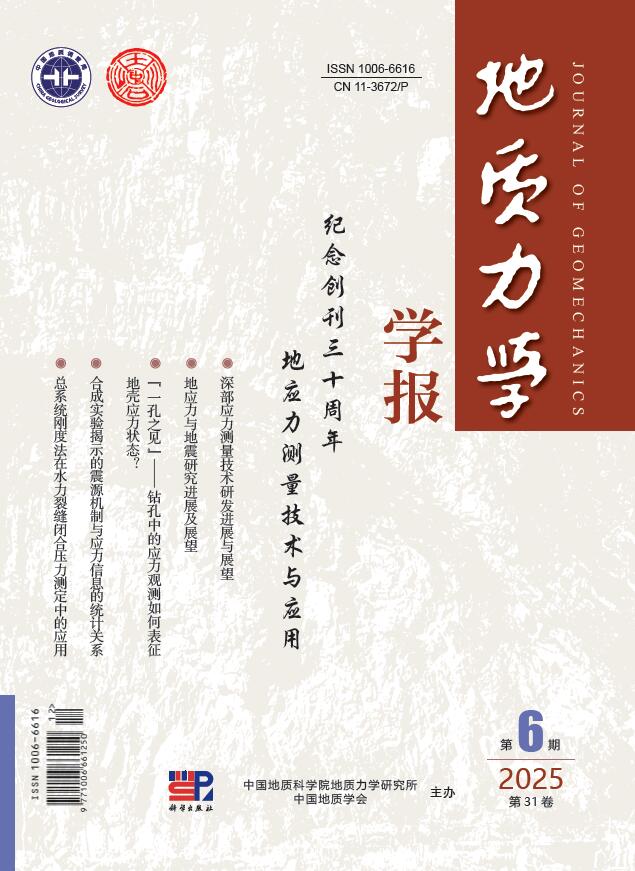2011 Vol. 17, No. 1
Display Method:
2011, 17(1): 1-14.
Abstract:
2011, 17(1): 15-26.
Abstract:
2011, 17(1): 27-40.
Abstract:
2011, 17(1): 41-54, 78.
Abstract:
2011, 17(1): 55-63.
Abstract:
2011, 17(1): 64-73.
Abstract:
2011, 17(1): 74-78.
Abstract:
2011, 17(1): 79-90.
Abstract:
2011, 17(1): 91-102.
Abstract:
2011, 17(1): 103-110.
Abstract:



